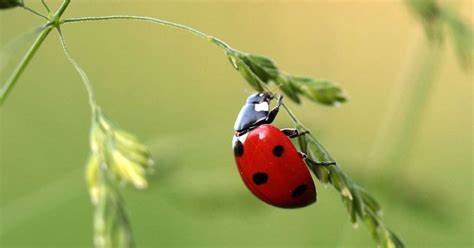Aphids, those tiny, sap-sucking insects, can wreak havoc on your garden plants, causing stunted growth, leaf curling, and even transmitting diseases. While chemical sprays are one option for controlling aphids, they can harm beneficial insects and have significant environmental implications.
A more sustainable and natural approach involves harnessing the power of aphid predators—natural enemies that feed on aphids and help keep their populations in check. In this comprehensive guide, we will explore five effective aphid predators that can be valuable allies in your garden pest control efforts.
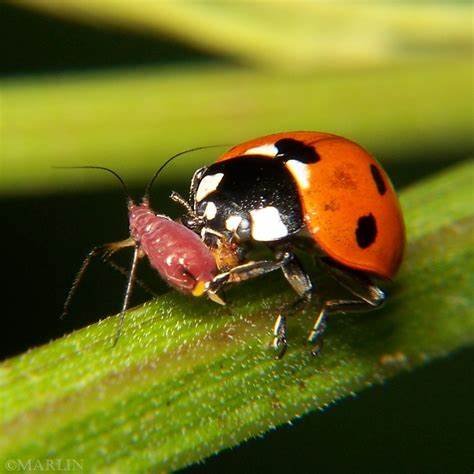
1. Ladybugs (Coccinellidae)
Ladybugs, also known as ladybirds or lady beetles, are perhaps the most recognizable aphid predators. Both adult ladybugs and their larvae are voracious eaters of aphids. A single adult ladybug can consume up to 50 aphids per day, while a larva can eat even more.
Ladybugs are attracted to gardens with plenty of aphids, so encouraging their presence involves planting aphid-prone plants like cosmos, dill, and fennel.
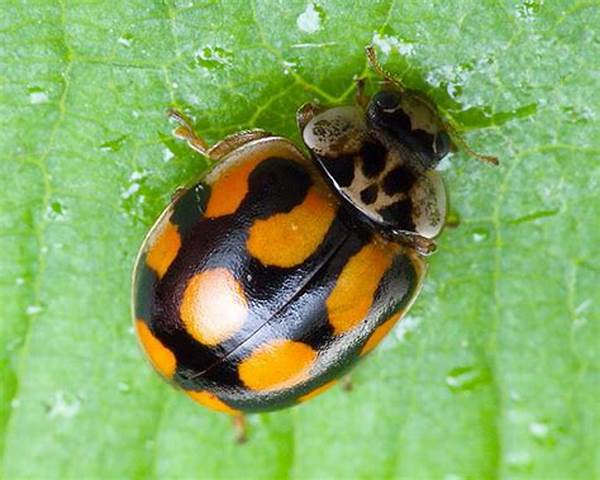
Ladybugs are not just beneficial for aphid control; they also contribute to the overall health of the garden ecosystem by preying on other pests such as mealybugs and spider mites. Their bright colors serve as a warning to potential predators, and their ability to fly allows them to quickly move between plants to hunt for aphids.
To attract ladybugs to your garden, consider planting a diverse range of flowers that provide pollen and nectar throughout the growing season. Avoid using broad-spectrum insecticides that can harm both ladybugs and their prey.
2. Lacewings (Chrysopidae)
Lacewings are delicate, green or brown insects with transparent wings that resemble lace, hence their name. Both adult lacewings and their larvae are formidable predators of aphids. Lacewing larvae, often referred to as “aphid lions,” have impressive mandibles with which they puncture and suck out aphid body fluids.
They are known to consume hundreds of aphids during their larval stage alone.
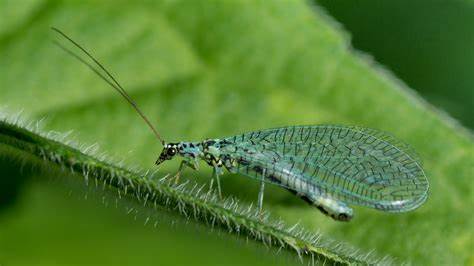
In addition to aphids, lacewings prey on other soft-bodied insects such as thrips and caterpillar eggs. This makes them valuable allies in integrated pest management (IPM) strategies. Adult lacewings feed on pollen, nectar, and honeydew, supplementing their diet with aphids when available.
To attract lacewings to your garden, plant a variety of small-flowered plants that provide pollen and nectar. Examples include dill, coriander, and sweet alyssum. Providing a source of water, such as a shallow dish with pebbles, can also help sustain lacewing populations during dry periods.
3. Hoverflies (Syrphidae)
Hoverflies, often mistaken for bees due to their coloring and buzzing flight, are important aphid predators in both their adult and larval stages. Adult hoverflies feed on pollen and nectar from a variety of flowers, making them effective pollinators as well.
Their larvae, known as “rat-tailed maggots,” are voracious predators of aphids and other soft-bodied insects.
One of the unique aspects of hoverflies is their ability to mimic the appearance and behavior of bees and wasps, which helps protect them from potential predators. This mimicry also allows them to move freely among flowering plants without raising suspicion.
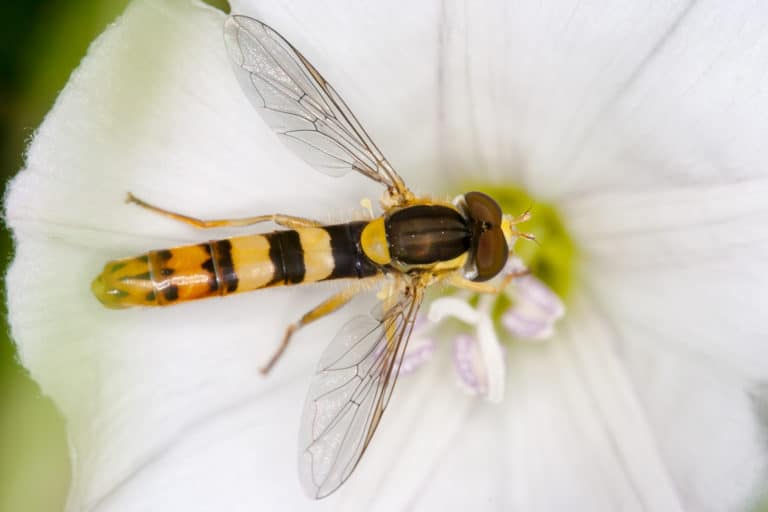
To attract hoverflies to your garden, plant a mix of early, mid-season, and late-flowering plants to provide a continuous source of pollen and nectar throughout the year. Examples include marigolds, sunflowers, and zinnias. Avoid using insecticides, as they can harm both hoverflies and their prey.
4. Parasitic Wasps (Braconidae, Aphidiinae)
Parasitic wasps are tiny, non-stinging wasps that are natural enemies of aphids. They have developed a fascinating reproductive strategy whereby they lay their eggs inside aphids. Once inside, the wasp larvae feed on the aphid’s internal fluids, eventually causing its death.
This method of biological control specifically targets aphids without harming beneficial insects or plants.
The presence of parasitic wasps in your garden can significantly reduce aphid populations, making them valuable additions to any pest management plan. They are particularly effective in greenhouses and agricultural settings where aphid infestations can quickly escalate.
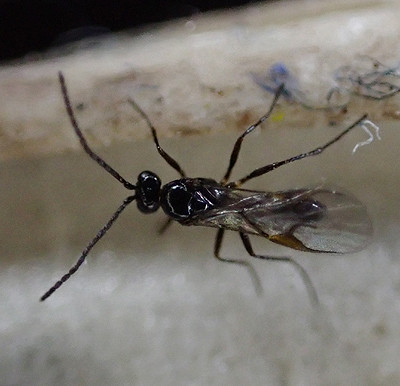
To encourage parasitic wasps in your garden, provide a diverse range of plants that attract a variety of insects. These can include herbs such as parsley and cilantro, as well as flowering plants like yarrow and asters. Avoid using persistent insecticides that can linger in the environment and harm beneficial insects.
5. Damsel Bugs (Nabidae)
Damsel bugs are slender, elongated insects with long legs and piercing mouthparts. They are generalist predators that feed on a variety of small insects, including aphids, caterpillars, and insect eggs.
Damsel bugs are particularly beneficial in agricultural settings where they contribute to integrated pest management (IPM) strategies by naturally controlling pest populations.
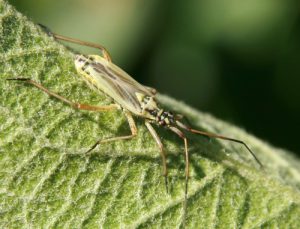
In addition to their predatory habits, damsel bugs are also known for their ability to transmit pathogens that can be harmful to pest insects. This dual role makes them valuable allies in the fight against aphids and other garden pests.
To attract damsel bugs to your garden, plant a diverse array of plants that provide shelter and alternate food sources. These can include grasses, sedges, and flowering plants such as goldenrod and milkweed. Avoid excessive use of synthetic pesticides that can disrupt natural predator-prey dynamics.
Conclusion
Incorporating natural aphid predators into your gardening practices not only helps control aphid populations effectively but also promotes a healthy, balanced ecosystem in your garden.
By creating a welcoming environment for ladybugs, lacewings, hoverflies, parasitic wasps, and damsel bugs, you can reduce reliance on chemical pesticides and contribute to sustainable gardening practices.
Observing these predators in action can be a rewarding experience, knowing that they are working alongside you to protect your plants from aphid damage.
By implementing these strategies and fostering a biodiverse environment, you can create a garden that is resilient to pests and diseases, while also enhancing its overall ecological value. Let nature work for you by harnessing the power of aphid predators and enjoying the benefits of a healthier, more sustainable garden ecosystem.
